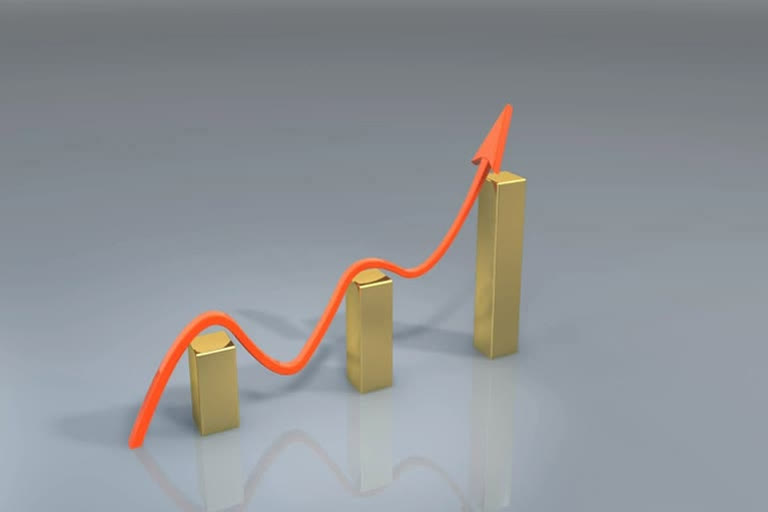New Delhi: In what looks like the beginning of a revival from the coronavirus-induced slowdown, the Indian economy has started showing signs of a broad-based recovery.
India’s high-frequency economic indicators or monthly data points that track economic activity point at a solid rebound in the month of October after remaining sluggish during the first half of the fiscal year. Pent-up demand after the lockdown and the festive season is seen as significant contributors to this recovery.
The IHS Markit India Manufacturing Purchasing Managers’ Index (PMI), which depicts the level of activity across India’s manufacturing sector, jumped to the highest in more than a decade during October. The manufacturing PMI rose to 58.9 in October 2020 — the highest since mid-2008 — from 56.8 in September. Notably, any reading over 50 indicates economic expansion.
Pollyanna De Lima, economics associate director at IHS Markit, in a statement, said: “Companies were convinced that the resurgence in sales will be sustained in coming months, as indicated by a strong upturn in input buying amid restocking efforts.”
Before that, government data last week showed that goods and services tax (GST) revenue crossed the Rs 1 trillion mark for the first time in eight months during October. At Rs 1.05 trillion, the GST collection grew over 10% from the revenue collected in the same month a year ago.
Read: 'Indian economy set to bounce back, emerge stronger from COVID crisis'
Importantly, this is also the first time GST receipts have seen double-digit growth rate in the current fiscal year.“The growth in GST revenue (in October) as compared to that in the months of July, August and September 2020 reported as -14%, -8% and 5% respectively, clearly shows the trajectory of recovery of the economy and correspondingly of the revenues,” the finance ministry said in a statement.
Perking up of the commercial and industrial demand was also visible through the power consumption figures. The country’s total power consumption in October grew between 13.38% to 110.94 billion units (BU) from 97.84 BU in October 2019. Notably, this is the second consecutive month when power consumption recorded growth over the year-ago after six straight months of decline.
Power consumption had declined 8.7% year-on-year in March, 23.2% in April, 14.9% in May, 10.9% in June, 3.7% in July and 1.7% in August. Then, in September, it recorded a growth of 4.6% over the same period a year ago.
Consumer sentiment improves, too
Besides industrial and commercial activity, there are strong signs that consumer sentiment has also started improving in the economy. Digital payments have shown a strong spike, with the Unified Payments Interface (UPI) crossing 2 billion transactions in October for the first time ever since its launch in 2016. UPI is an instant real-time payment system facilitating inter-bank transactions.
The digital payments channel processed a total of 2.07 billion transactions worth Rs 3.86 lakh crore in October, data released by the National Payments Corporation of India (NPCI) showed. Experts say that the online shopping sale season by all major e-commerce firms during the festive period led to the surge in volumes.
Independent economic think tank, Centre for Monitoring Indian Economy (CMIE) noted that aggregate sales of goods by e-commerce companies like Flipkart and Amazon increased 55% which amounts to Rs 29,000 crore between October 15 and October 20 amid the mega festive sales.
“India’s top consumer electronics companies including LG, Samsung, Sony, Xiaomi and Vivo reported 10-20% increase in their sales during the Navratri-Dussehra period, while car manufacturers delivered over 200,000 units recording 20-30% jump in sales, according to media reports,” it added.
Also read: GST shortfall: Centre to transfer Rs 6,000 cr to 16 states, 3 UTs



